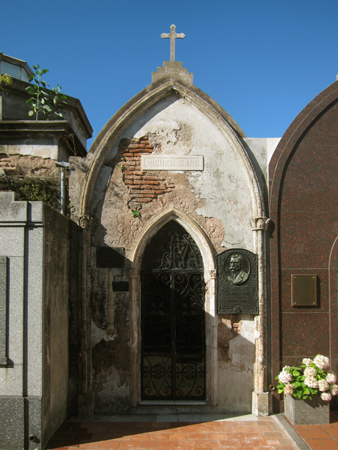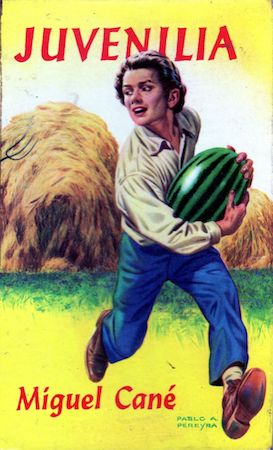
Born in Montevideo in 1851, the Cané family returned to Argentina when Miguel was only two years old. Their self-imposed exile from Rosas likely influenced the young Cané to become involved in Argentine politics, but he also left behind a body of literature that reflected the spirit of a new nation discovering itself.
In the 1860s, Cané attended the prestigious Colegio Nacional de Buenos Aires along with classmates who would also become leaders of Argentina. With a new curriculum directed by Amadeo Jacques, twenty years later Cané would look back on his time there & write a memoir titled Juvenilia:

After participating in the War of the Triple Alliance, Cané accompanied his cousin on an extended trip to Europe. He also became a European correspondent for the newspapers La Tribuna & El Nacional while on the road, covering conflicts & recording his experiences. Travelogues were all the rage & allowed Argentine readers to get a vicarious taste of travel.
On his return, Cané married & had two children then graduated from law school. His political career began as mayor of Buenos Aires. Eventually Cané crossed over to national politics & served in Congress as well as became ambassador to Colombia & Venezuela in 1893 under the presidency of Luis Saénz Peña. The largest plaque on his mausoleum reminds visitors that he became president of the influential Jockey Club in 1894. After many years of public service, Cané passed away in 1905. His neglected tomb sits along a major walkway in the cemetery, barely attracting the attention of tourists on route to see the nearby burial place of Eva Perón:

Be First to Comment